FLORENCE
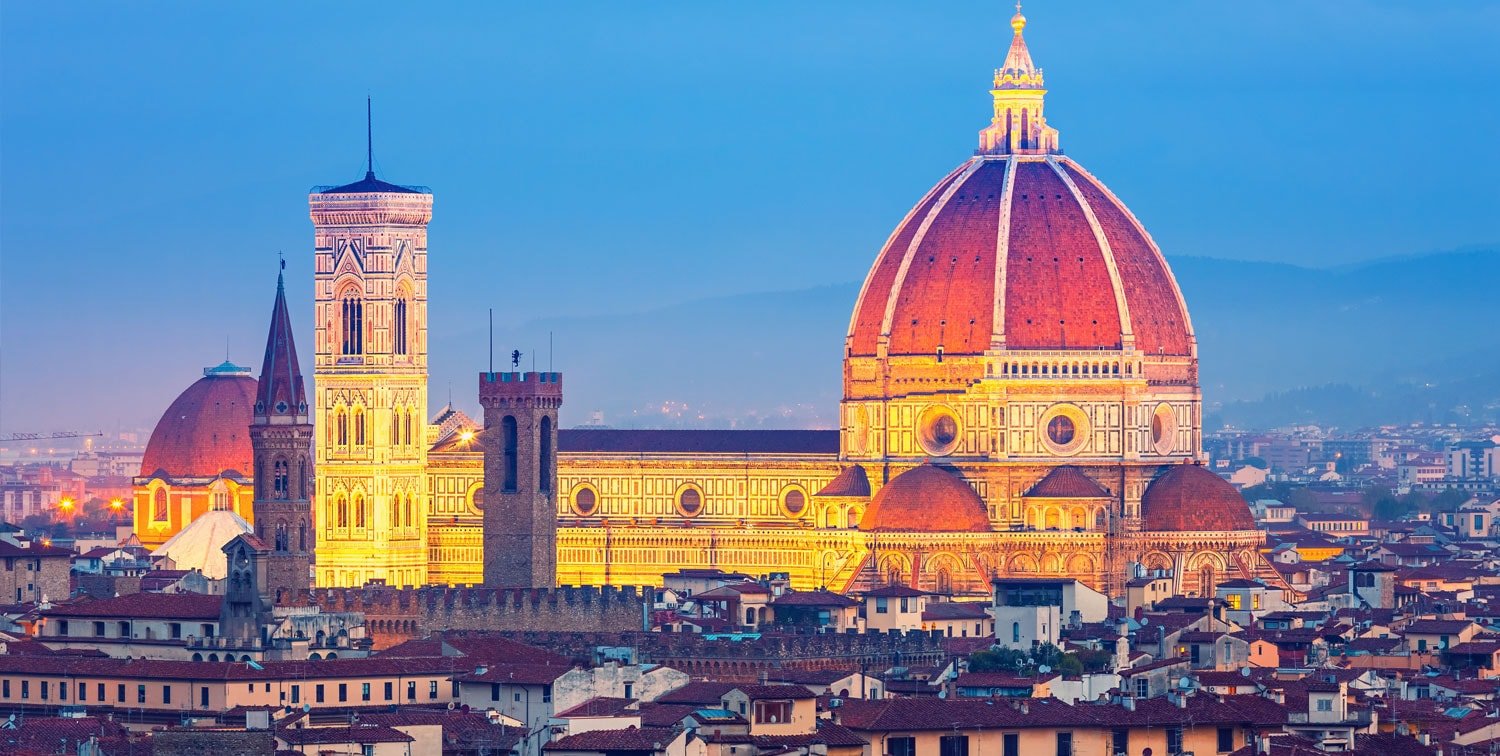
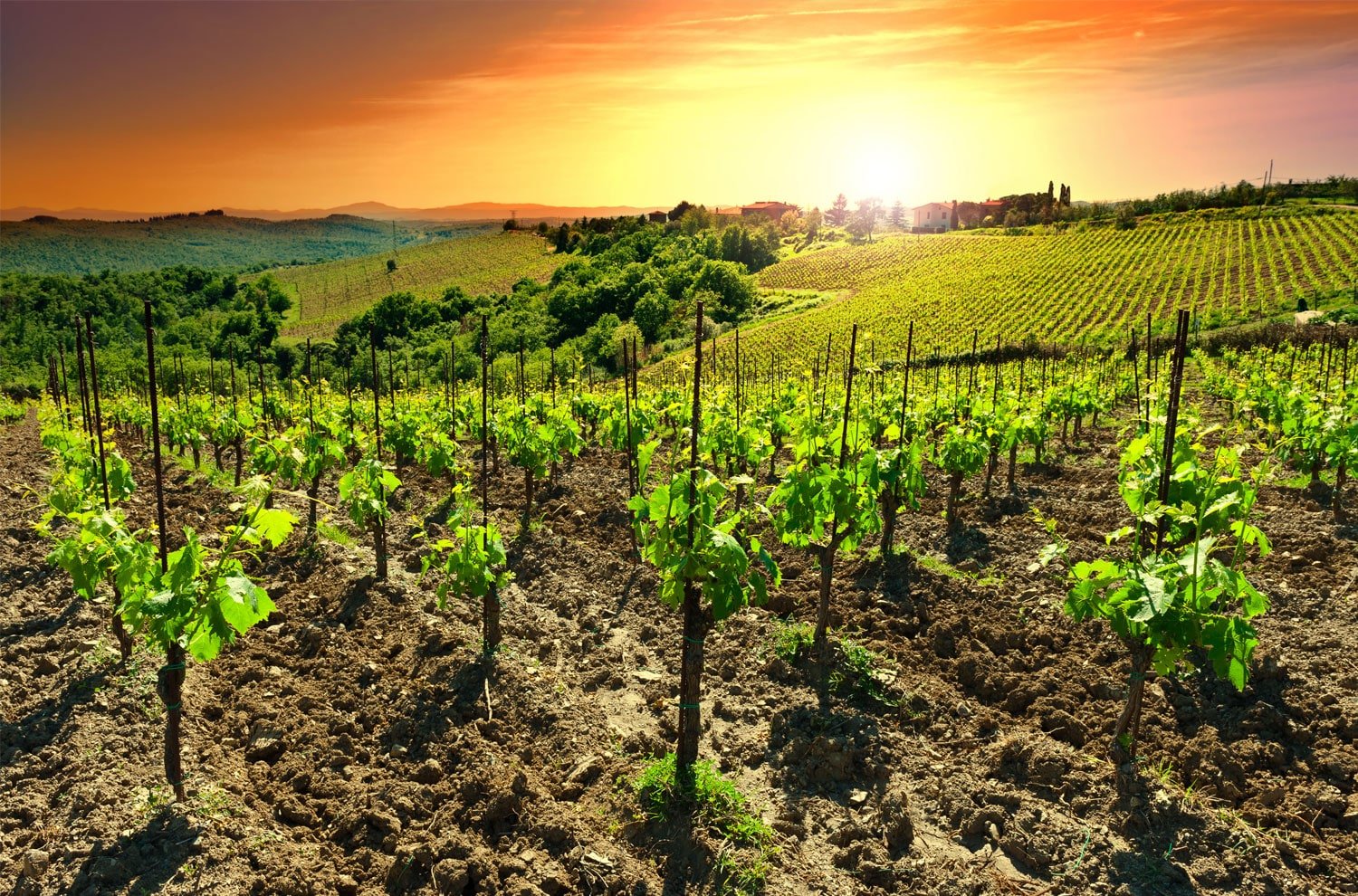
The Chianti area, between Florence and Siena, is one of the most beautiful country sides in Italy and a famous wine production area.
How to Reach Florence
By Air
Located 4 km from the centre of Florence is the Aeroporto di Firenze, commonly known as the Aeroporto Amerigo Vespucci or Peretola. It is reachable in 15 minutes by taxi and 20 minutes by Sita/Ataf “Fly by Bus”, between the airport and Santa Maria Novella railway station. If you are arriving directly from an international destination, you will be most probably arriving at the Galileo Galilei airport.
By Rail
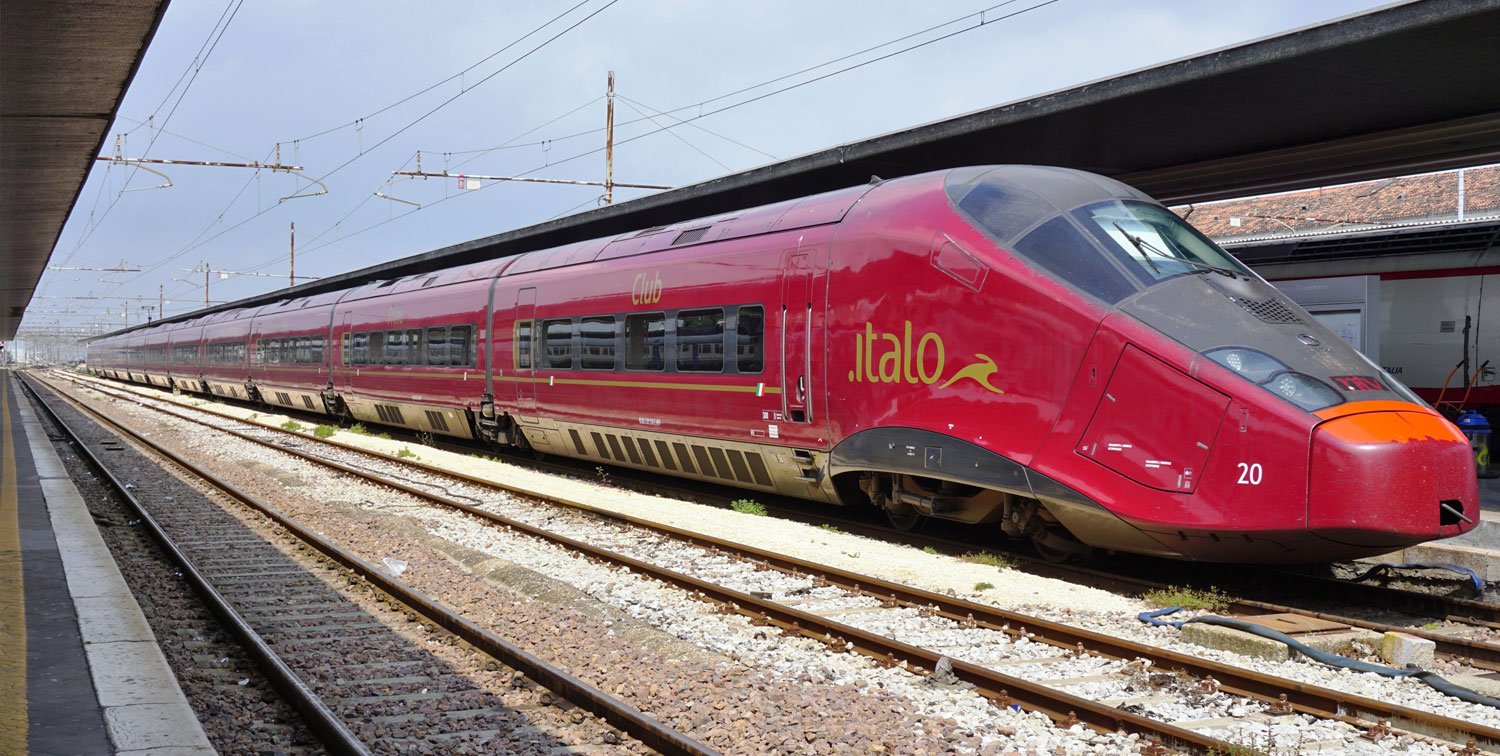
If you’re looking to use Florence as a base for travel to other Tuscany or Umbria hill-town destinations, often the best public transportation option is the extensive Bus service.
When to Visit?
Tourists fill the narrow lanes of Renaissance Firenze in the summer months of July and August. Spring (April and May) or autumn (September and October) are less crowded and is the best time to visit Florence. Easter is another occasion when the city has tourists. November can be ok if you bring warm clothes and expect some rain.
Museums and Tours tips:
Summer season sees Florence busy with tourists and the ticket lines are often long. But, advance booking can save you much time, for a price. All museums are closed on Mondays.
PLACES OF INTEREST
Duomo (Cattedrale Di Santa Maria Del Fiore)
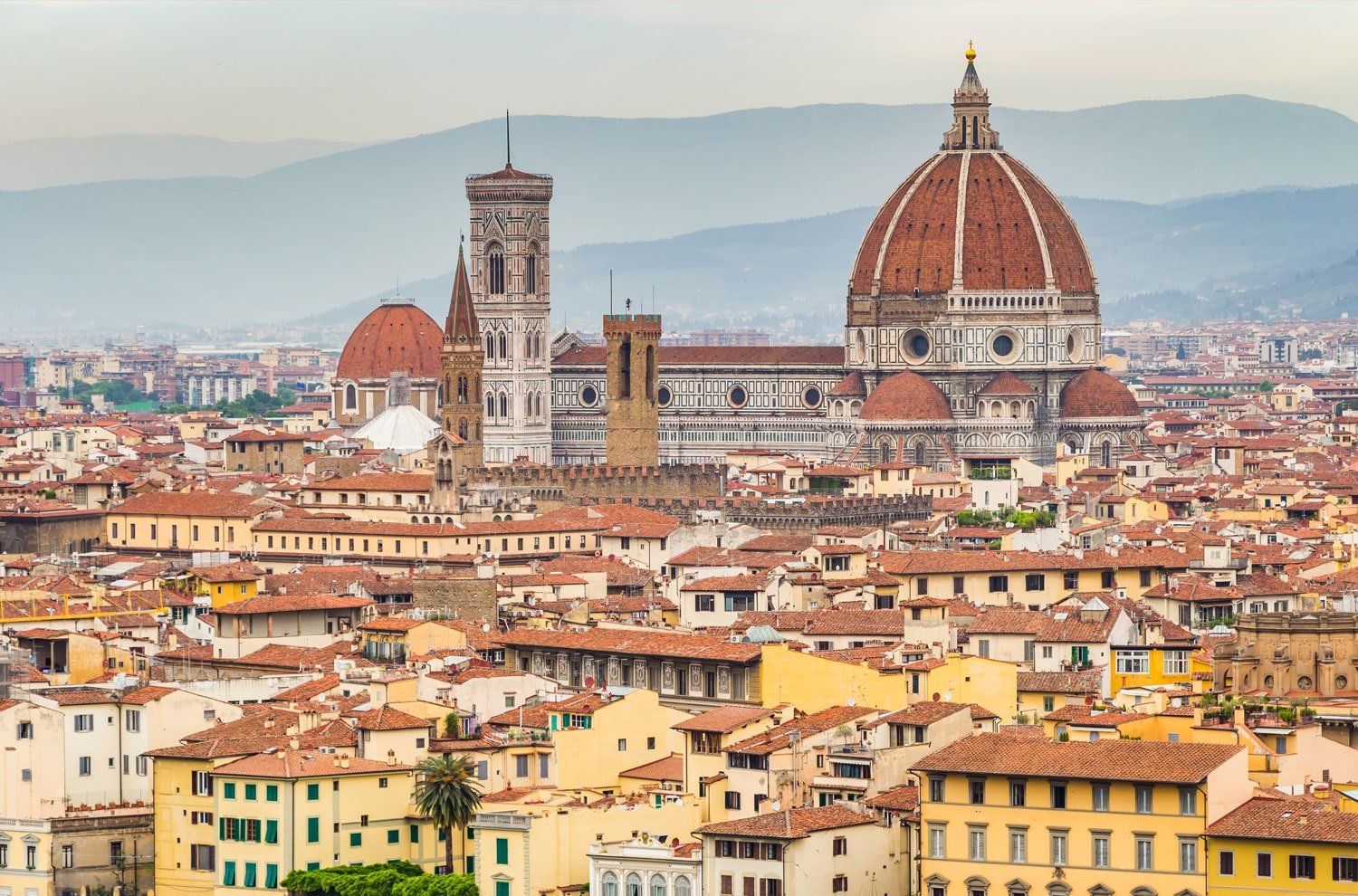
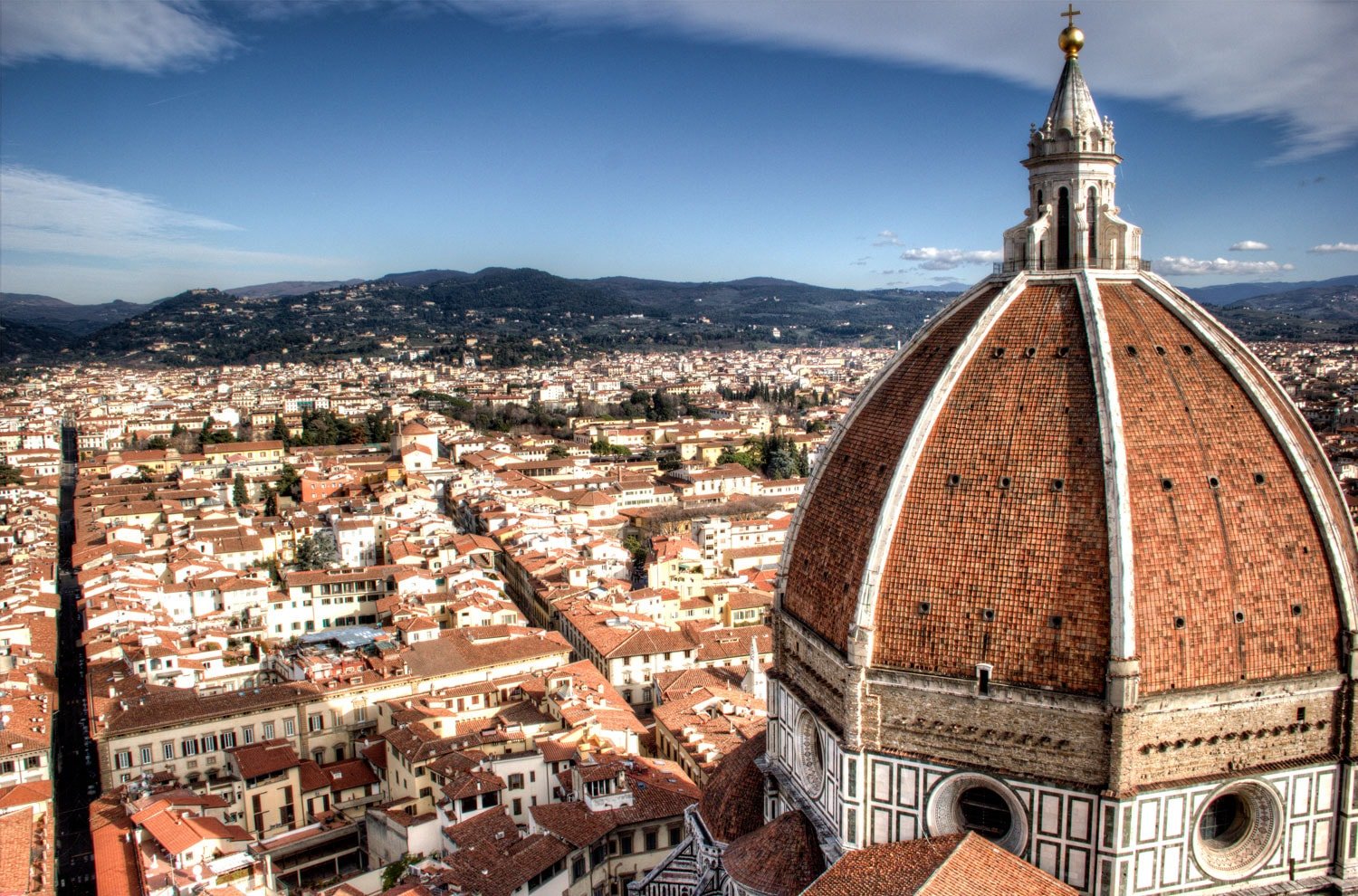
Campanile – Bell Tower

St John’s Baptistery
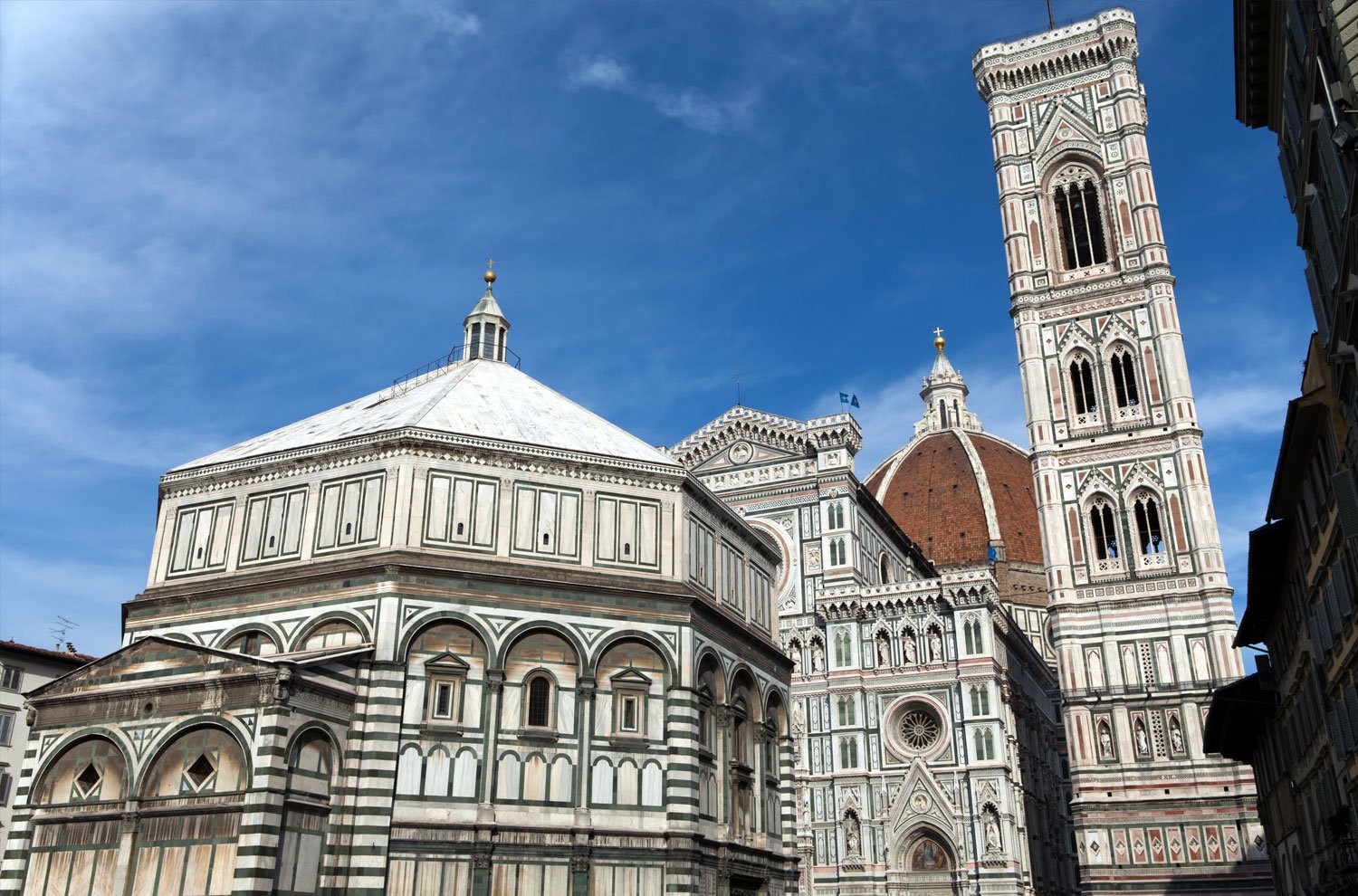
There are many traditions connected with the cult of the Baptist: during celebrations of the patron saint, for example, the splendid silver altar is adorned with precious ornaments. It is also customary to liberate prisoners held in city hall, as long as they are first consecrated to the Saint as spoils of war.
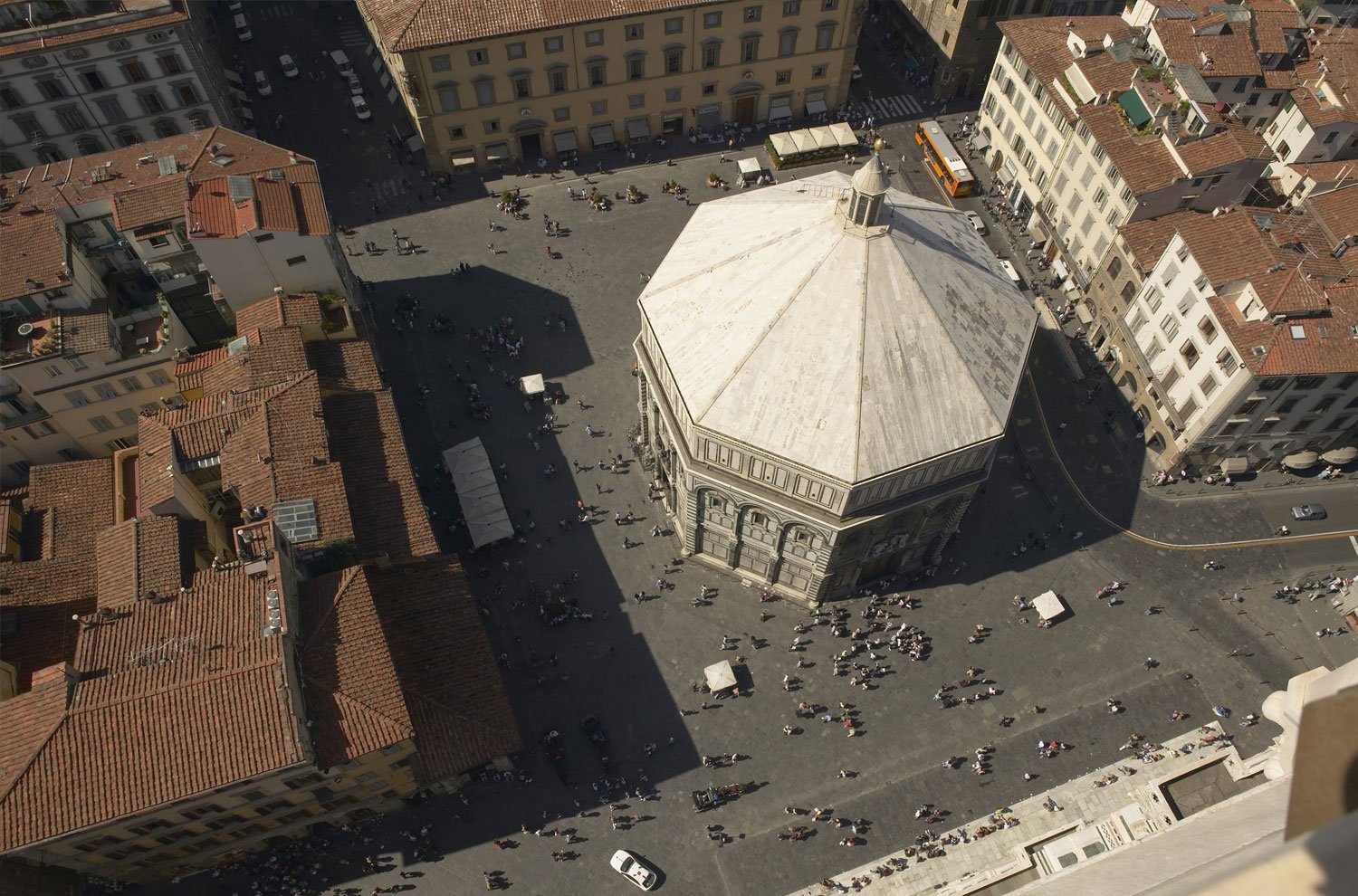
The creation of the three bronze doors of the Baptistery, ranged along the four cardinal directions, are a memorable phase of the history of the monument and of the story of art in general.
Humanity’s history and redemption is written on the three doors: it is like a gigantic bible to be read starting with the central door depicting the Old Testament, followed by the southern door and the story of the Baptist, and finally the northern door that illustrates the stories of Christ.
A decision to replace the old wooden doors was made during the 1300s: Florence followed Pisa’s example. Pisa had, at the end of the preceding century, already ordered the spectacular doors of its baptistery from the artist Bonanno Pisano.
The first door, from 1300, visible today on the south side, is the work of Andrea Pisano,
It is with the creation of the second door that the Baptistery claimed a special place in the history of art, thanks to the work of the most famous of 15th century goldsmiths: Lorenzo Ghiberti.
The Florentine Lorenzo Ghiberti was the winner of the renowned competition of 1401 set up to decide the architect for the decoration of the door that, today, is found on the north side of the building. The event, probably the first public art competition in history, signalled the birth of the Renaissance. Six participants started, but only two finished: Lorenzo Ghiberti and Filippo Brunelleschi. After some controversy, it was Ghiberti who won: Brunelleschi’s style was considered too modern and anyway, his technique would have been too expensive.
Door of Paradise
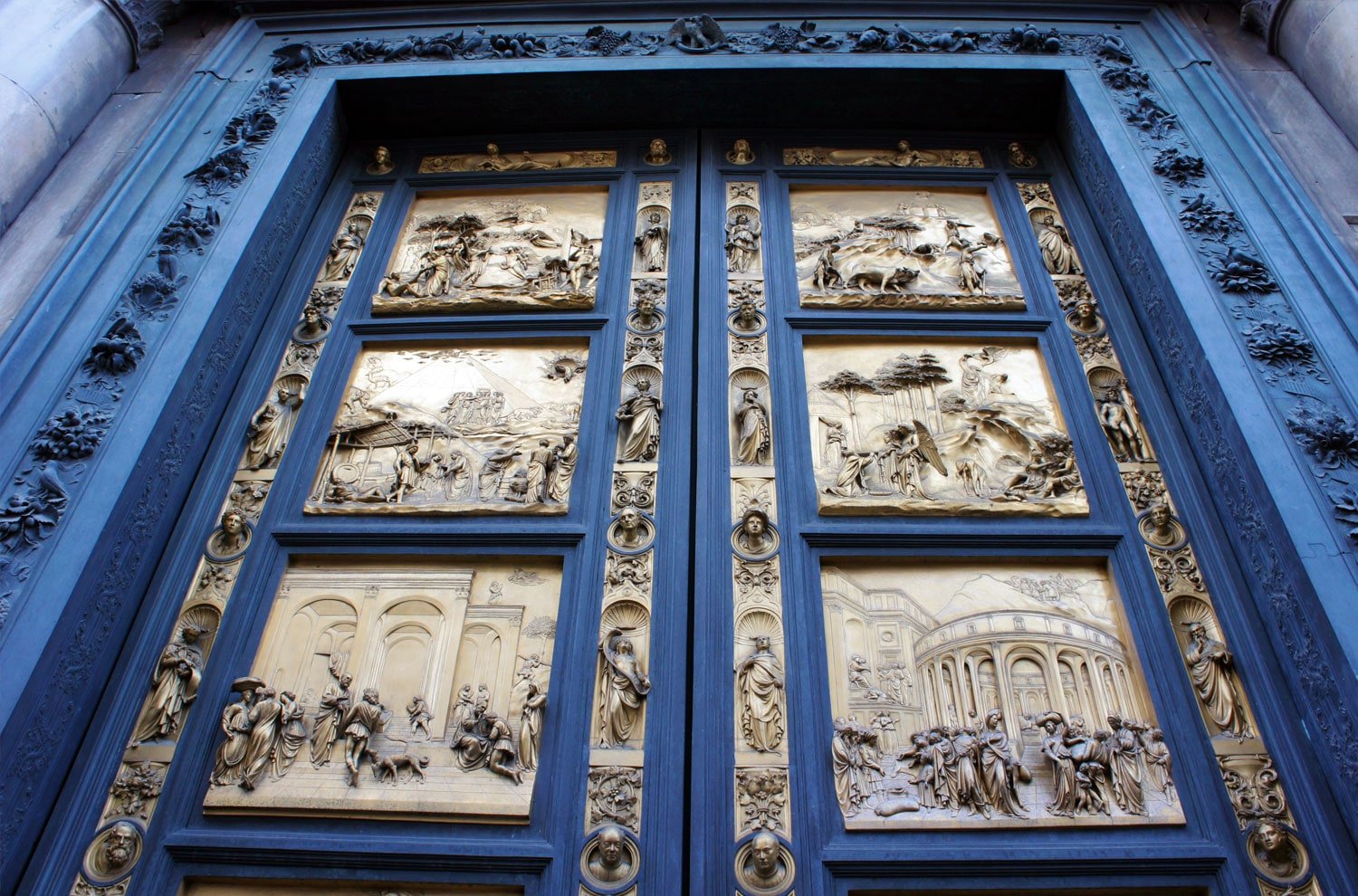

Struck by its beauty, Michelangelo was the first who called it the Door of Paradise. We still know the door by the same name. It is one of Ghiberti’s finest masterpiece, taking him 27 years to complete it. He installed the last panels when he was in his seventies. The phenomenal success of the Door of Paradise won it the place of honour, and was placed in the doorway across from the Duomo.
Galleria degli Uffizi
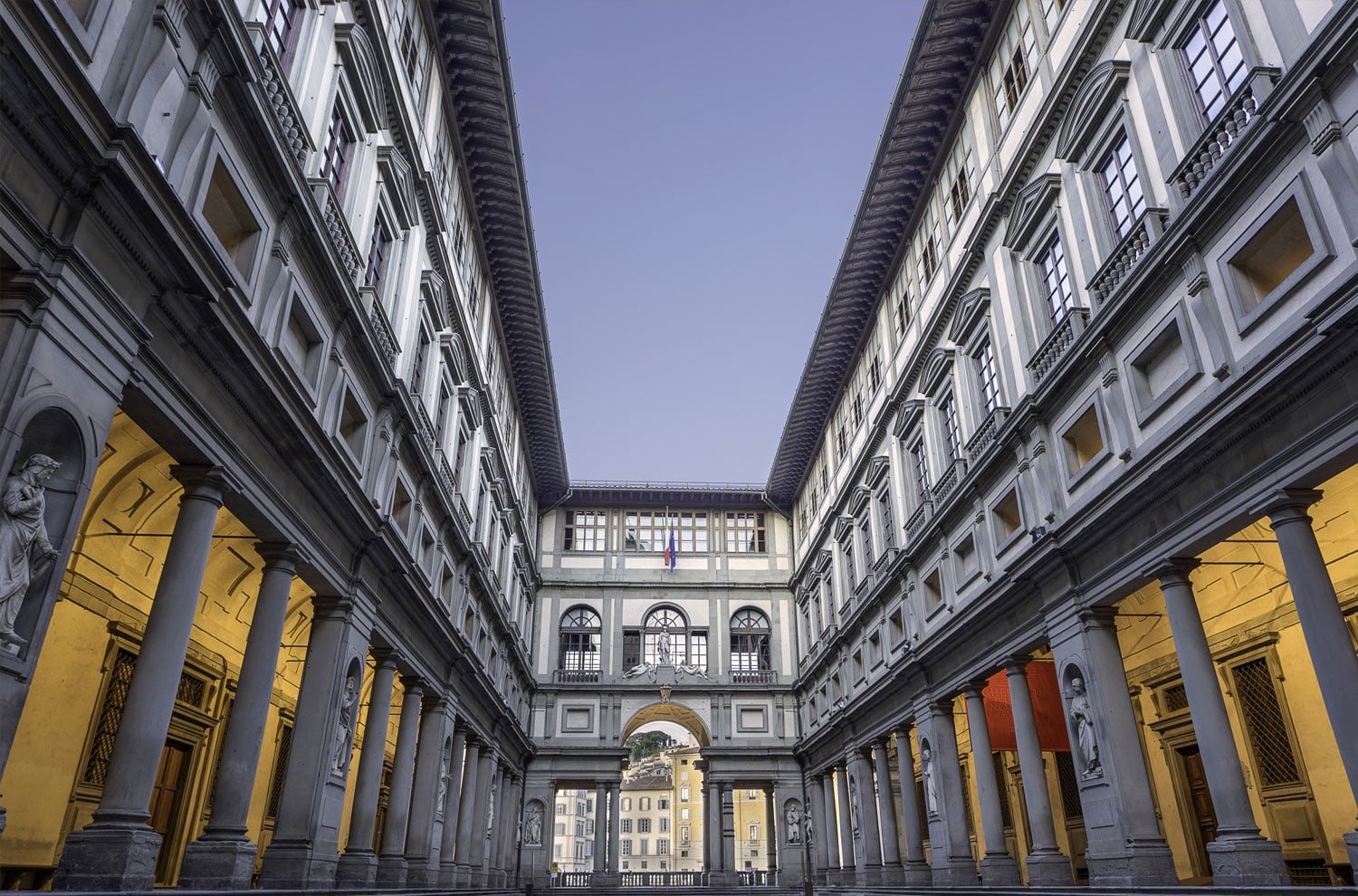

Displayed in chronological order, the world renowned collection spans the entire range of art history from ancient Greek sculpture to 18th century Venetian paintings, the most important of it being the Renaissance collection.
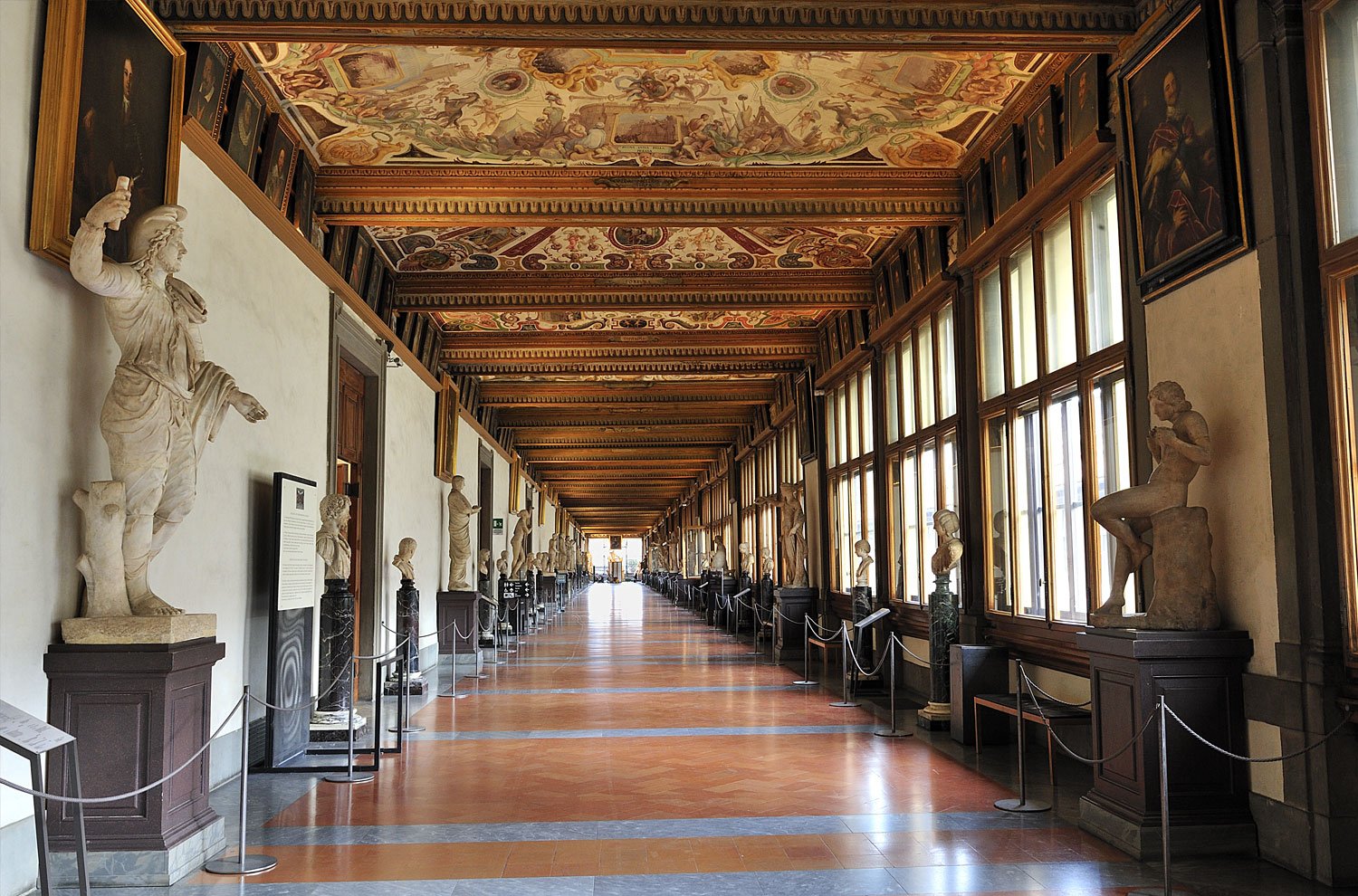
Galleria dell’ Academia
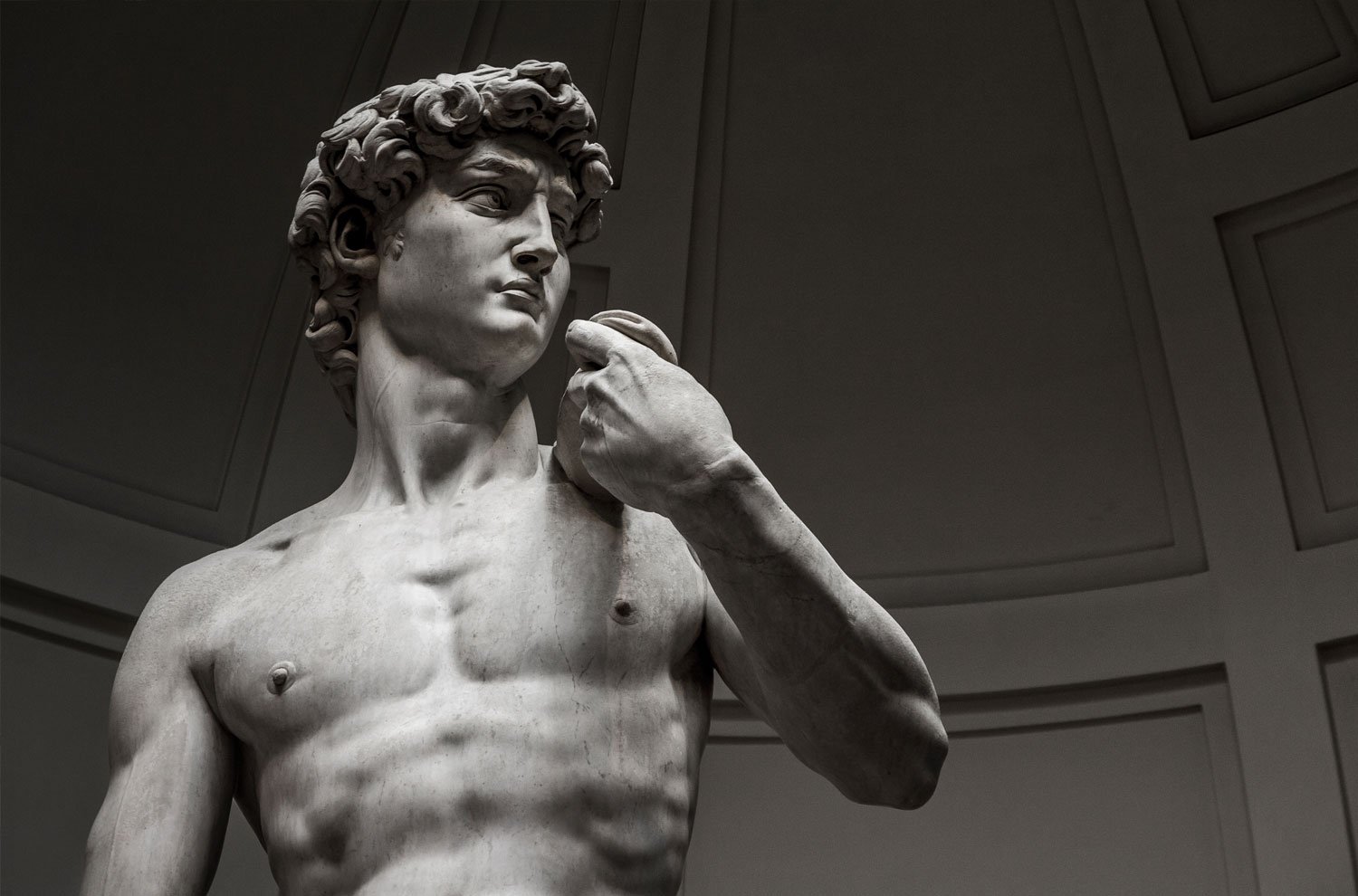
As works from the Florence school are the only true examples perfection, they were chosen for teaching purposes. The choice was limited to the Renaissance, when Florence held the record for Art.
The collection has grown hugely, over the years. Today, the gallery is a massive museum exhibiting fine masterpieces. The Musical Instrument Museum became part of the complex in 1996.
An interesting collection of musical instruments are on exhibit too, that was begun by the Medici family, in the Florence’s Galleria dell’ Academia, besides paintings and sculptures from the 13th to 16th centuries. In addition to the Florentine paintings dating from the 13th to the 18th centuries, the sculptures by Michelangelo, make the visit truly worthwhile. Michelangelo’s unfinished ‘Slaves’, fighting their way out of their marble prisons, was a piece meant for the tomb of his patron Pope Julius II (1443 – 1513).
The most famous work of art in the Accademia Michelangelo’s famous sculpture, David.
Michelangelo’s David

Michelangelo was not even thirty when he sculpted David. But he was already famous with his well-known works like the Tondo Doni that is on exhibit in the Uffizi. Pope Giulio II called him back to Rome once David was an astounding success. It is for this Pope that Michelangelo painted the Sistine Chapel later.
Michelangelo finished David in three years, a work that would enhance is stature as the greatest sculptor of Florence, ever. In 1504, the Florentines witnessed an incomparable masterpiece, 4 ½ meters high and the only large nude sculpture made after ancient Greek times.
David, the boy warrior, is depicted as a strapping young man, was placed on a pedestal in front of Palazzo Vecchio on Piazza della Signoria, and the Florentines adopted him as an emblem of Florentine power, liberty and pride.
The Accademia is thronged by visitors from all over the world. Reserving tickets in advance is recommended to avoid a long wait in the queue. Following an attack on the statue in 1991 by a self-proclaimed art anarchist, who hammered minor nicks on David’s toes, the statue is now surrounded by a Plexiglas barrier. The statue, seeming alive with its poise and grace, is considered to be embodiment of High Renaissance perfection.
Piazza della Signoria
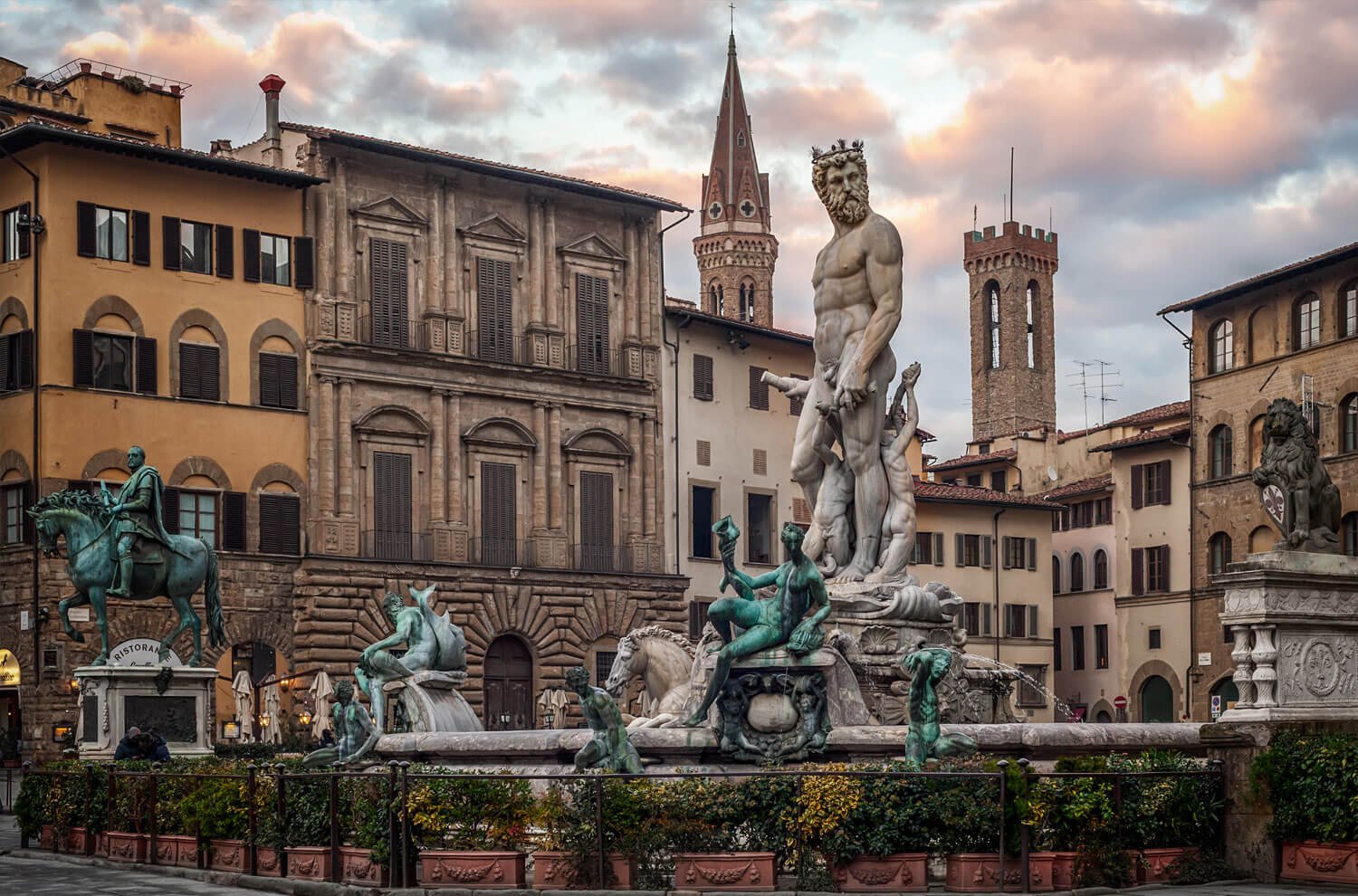
A series of historical events from the second half of the 13th century led to the creation of this L-shaped Piazza. In the early days of Florence, two warring factions, the Guelphs and the Ghibellines, were fighting against each other. When the Guelphs took control finally, they destroyed 36 houses and towers of their rivals that were initially standing in this area and forbid people from building anything. Salt was strewn all over the land to make it barren.
As opposed to the religious centre that developed around the cathedral, Piazza della Signoria has been the symbol of civic life in the city, ever since its early times.
Piazza della Signoria is an art salon par excellence, and is also where the city’s history unfolds in all its glory with the figure of David, Palazzo Vecchio, the treasures of Loggia dei Lanzi and the elegance of the Uffizi. Loggia della Signoria houses some important statues including a replica of David.
Palazzo Vecchio
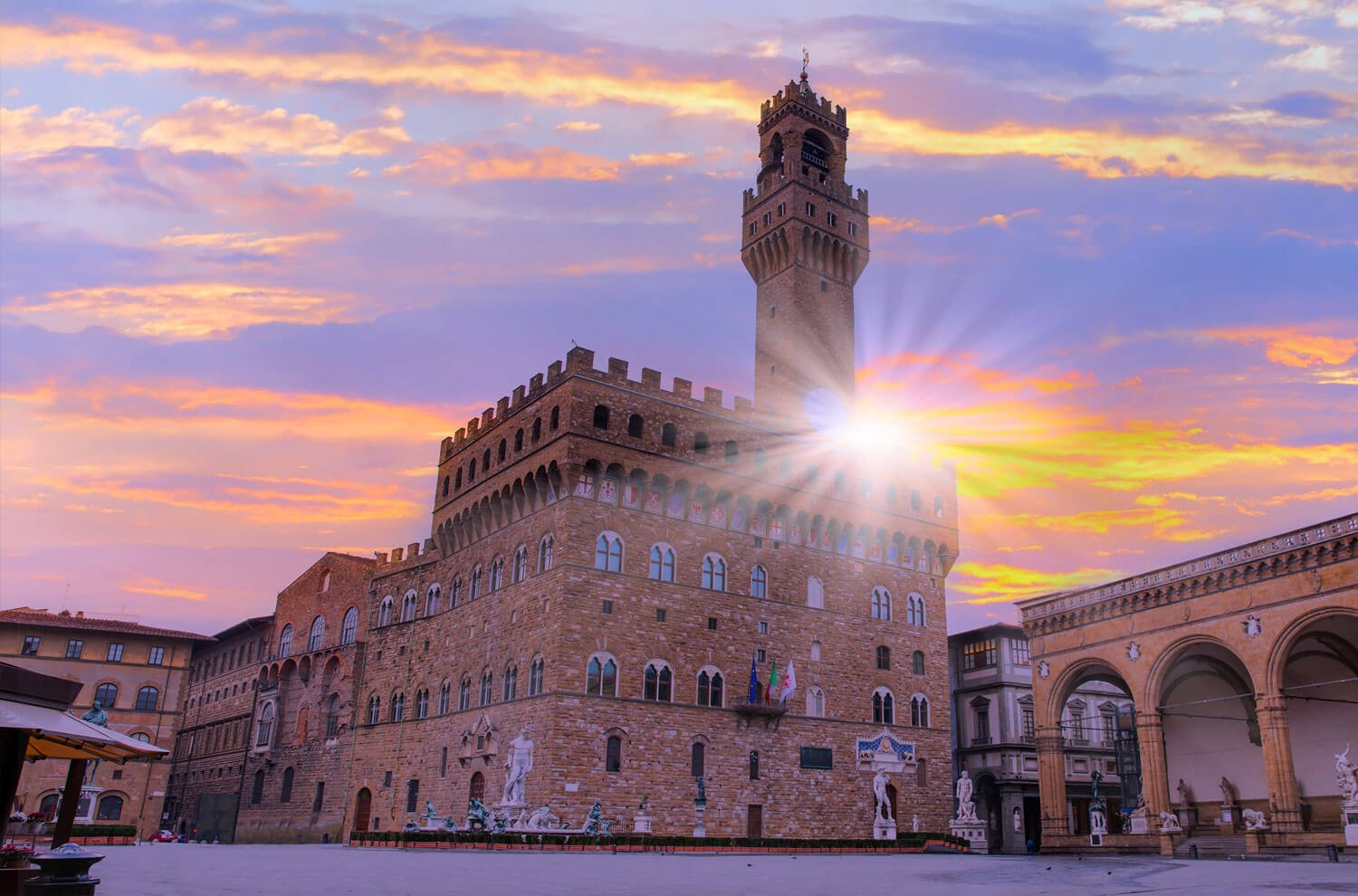
The purposely sober, but powerful design effectively conveys the values of justice and solidity of the republican government. The Palazzo continues to be an important symbol for the later generations also.
The medieval Palazzo Vecchio, the townhall of Florence, has been the city’s political centre since the middle ages. Ornate public rooms and private apartments are housed in the palazzo and allows ml visitors.
Santa Croce
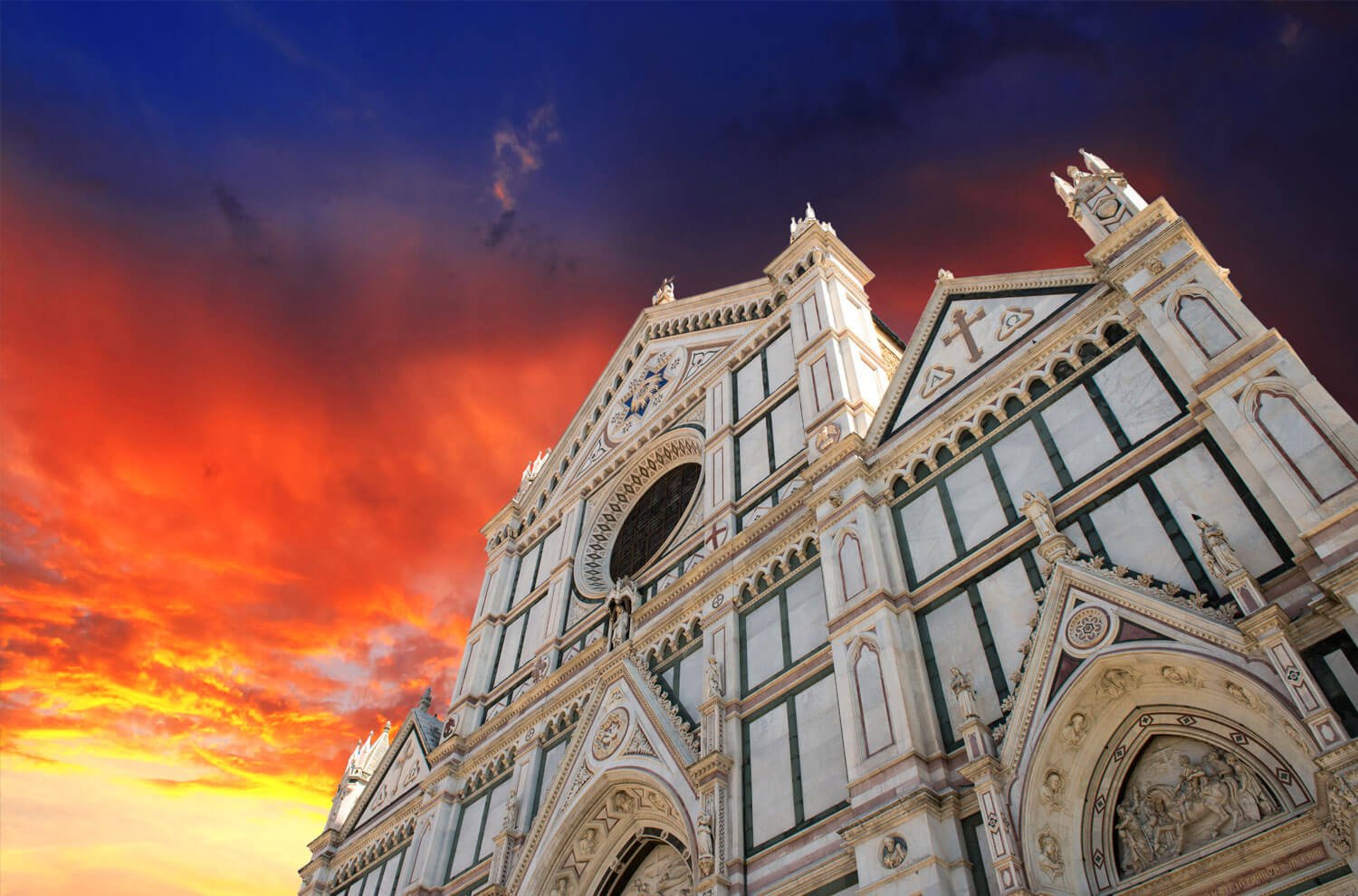

Admission includes the museum and tours given by volunteers.
Ponte Vecchio
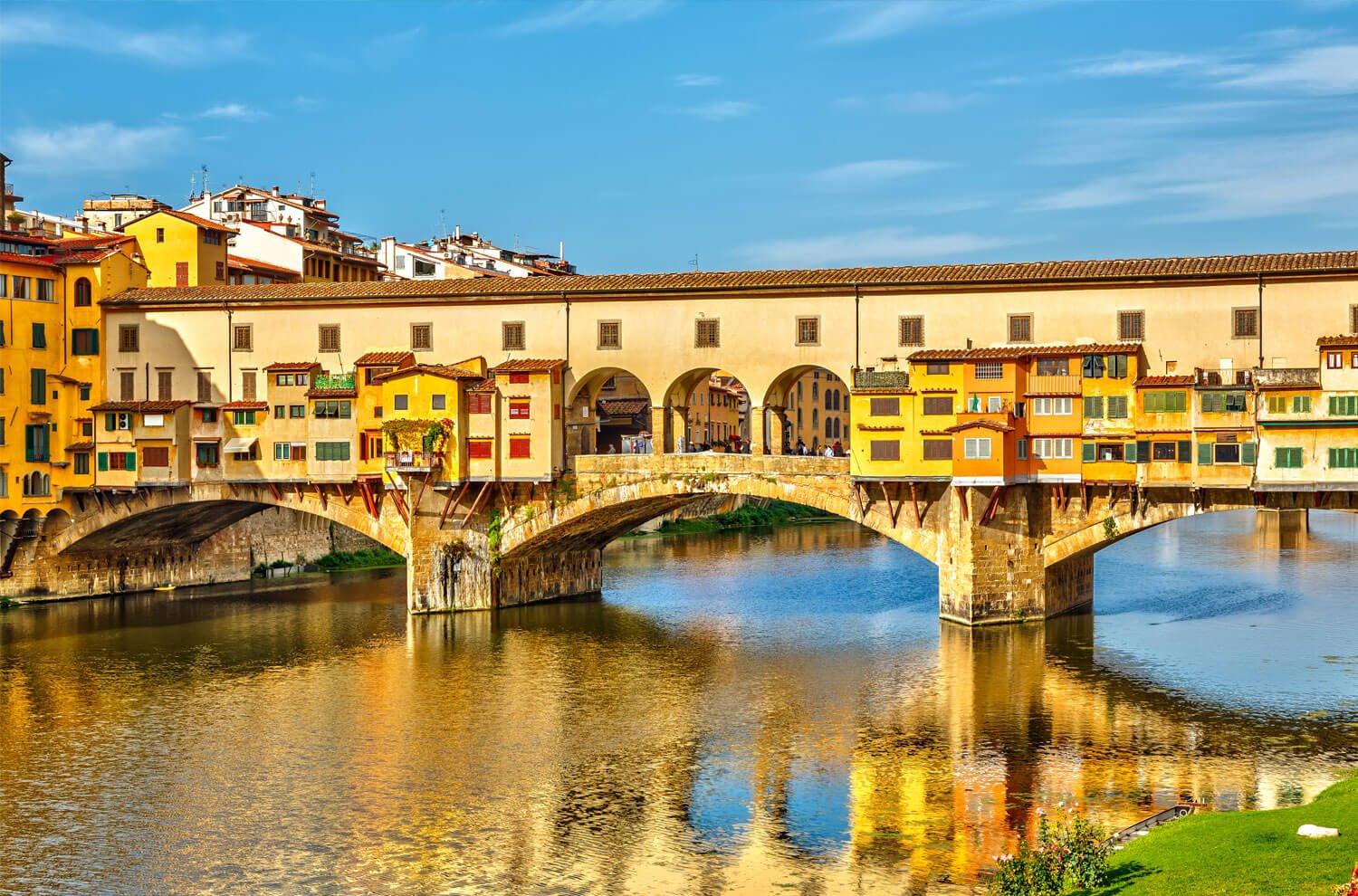
Spanning the narrowest point of the Arno river, it doesn’t look like a bridge, because of the many overhanging shops. The bridge is the entrance point to the city of Florence from Cassia road. It is made of wood and stone and dates back to the Roman era! Until the 1300s, the bridge underwent two reconstructions due to the floods.
The final one was a revolutionary transformation. Unlike the Roman technique, it was held up by segmental arches to prevent the road surface from bowing excessively. The bridge is preserved well to this day, thanks to this architectural feat!
The uniqueness of the bridge lies in its multi-purpose service. It serves not just as a bridge but also as a road, a market place and a piazza, developed chaotically over centuries, defying the powerful river as well as the laws of physics!
Pitti Palace
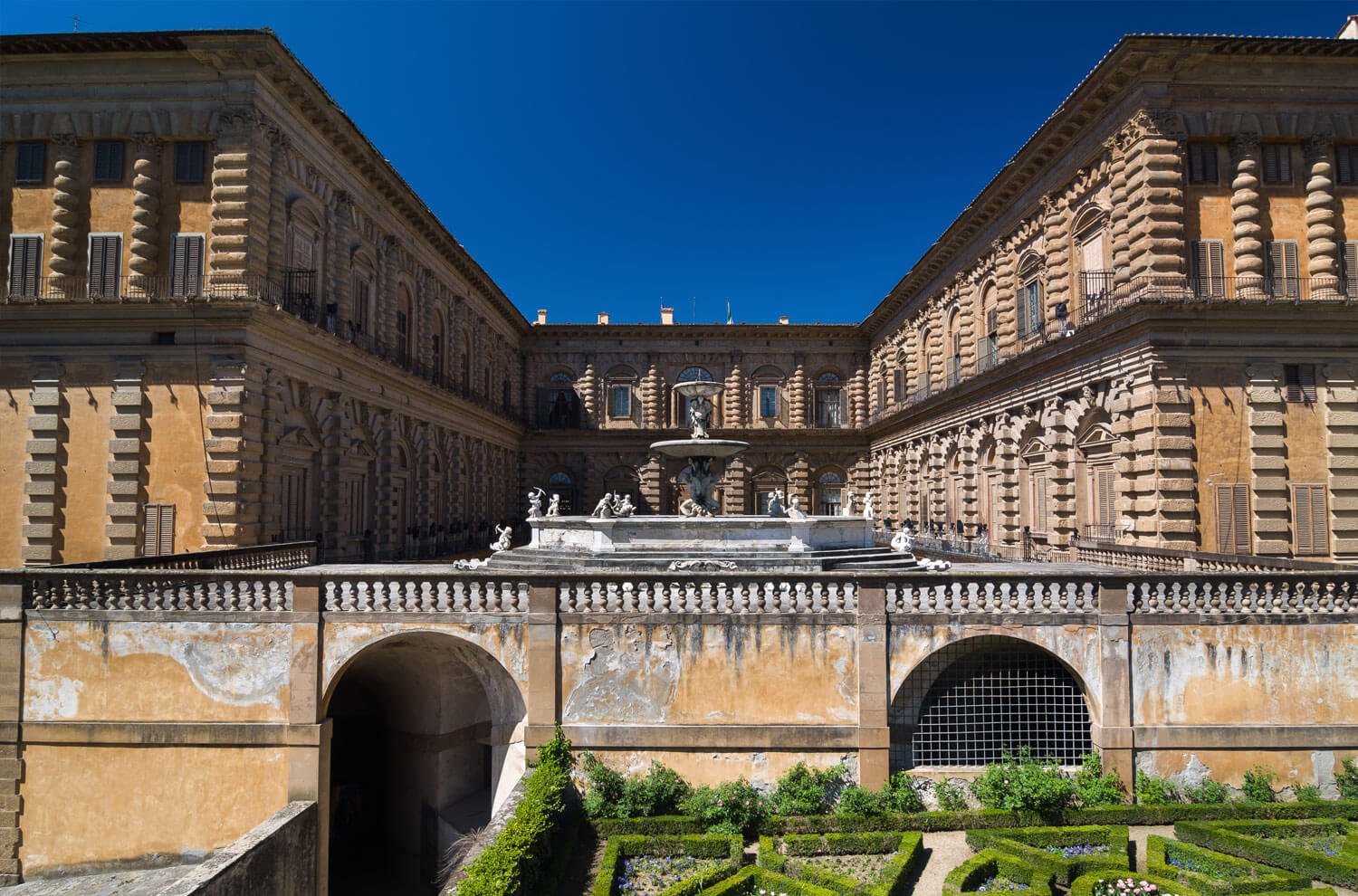
The history of Pitti palace is said to have begun in the 1400s, from the rivalry of the two families of Florence, the Pittis and the Medicis. Legend has it that the rich banker Luca Pitti appointed Brunelleschi and chose a project of his that had been earlier turned down by Cosimo, the elder Medici, because of its size and cost.
The construction began in mid-1400s and the palace was the largest and most opulent of that time, becoming a model for every Renaissance building built then on, not just in Florence.
The Pitti family, however, were forced to sell the palace, burdened with debts, a century later. The mansion was bought by Medicis and who made it their official residence. They hired the architect Bartolomeo Ammannati to enlarge the space and complete the construction. The increased space within, made it the grandest palace Florence had in the late Renaissance.
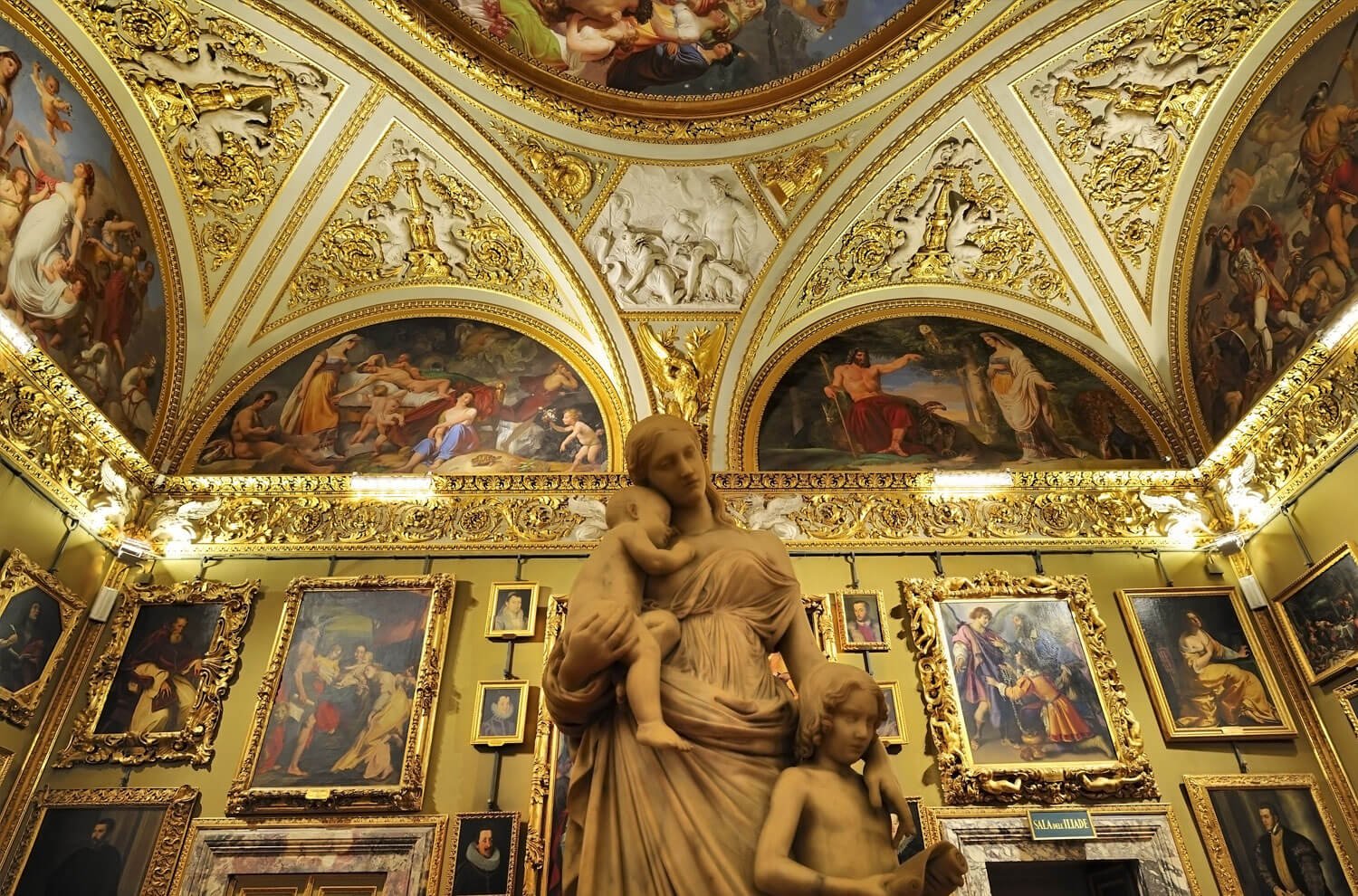
Boboli Garden


